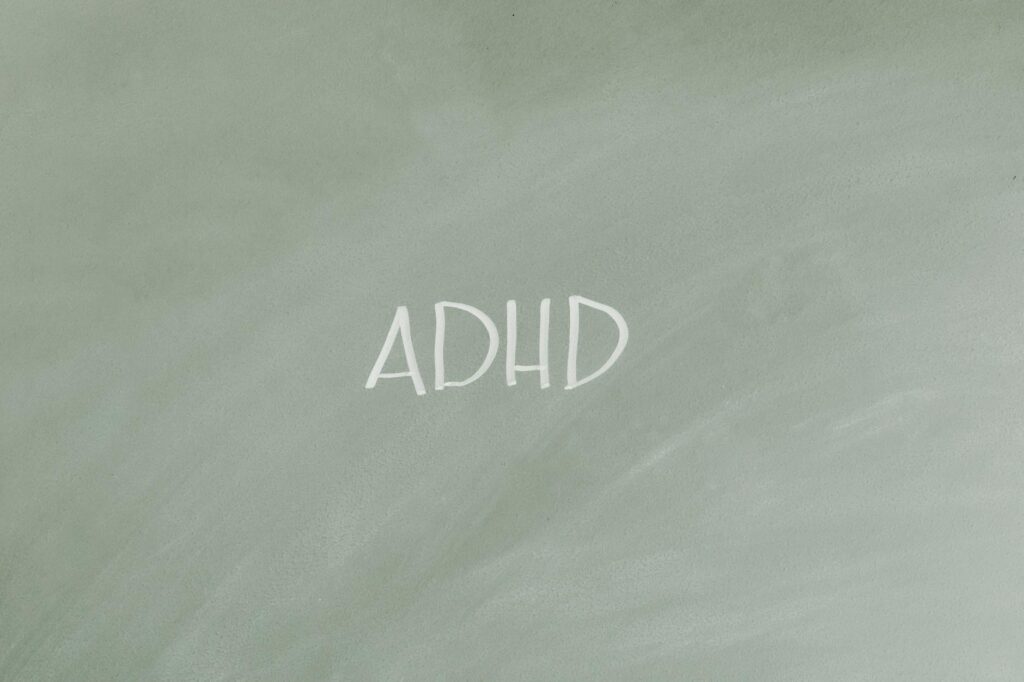What is cognitive behavioral therapy?

What is cognitive behavioral therapy?
Cognitive Behavioral Therapy (CBT) is a widely recognized form of psychotherapy that emphasizes the connection between our thoughts, feelings, and behaviors. It’s a practical approach that aims to help individuals identify and change unhelpful thought patterns and behaviors, contributing to personal development and productivity.
Understanding how CBT works can be pivotal for anyone looking to enhance their emotional well-being. Whether you’re dealing with anxiety, depression, or just the everyday stresses of life, understanding and applying CBT principles can make a significant impact.
Understanding Cognitive Behavioral Therapy
CBT is based on the premise that our thoughts directly influence our feelings and behaviors. By altering negative thought patterns, individuals can experience more positive emotions and constructive behaviors. This therapeutic approach is both structured and goal-oriented, making it accessible for many.
Historical Background
Cognitive Behavioral Therapy emerged in the 1960s through the work of psychologist Aaron Beck. Initially designed for treating depression, it quickly evolved to address various mental health issues. Over the decades, research has shown the effectiveness of CBT for a range of conditions, including anxiety disorders, PTSD, and obsessive-compulsive disorder. For a deeper dive into the history of CBT, you can explore resources like Psychology Today.
Core Principles of CBT
Several key principles guide CBT:
- Thoughts Influence Feelings and Behaviors: Understanding that our thoughts significantly impact how we feel and act is fundamental.
- Cognitive Restructuring: This involves identifying negative thought patterns and replacing them with more constructive ones.
- Behavioral Activation: Implementing activities that align with positive feelings can drive motivation and overall well-being.
- Self-Monitoring: Keeping track of thoughts, feelings, and behaviors enhances awareness and encourages progress.
These principles work together to empower individuals, enabling them to take control of their thoughts and, consequently, their emotions and actions.
The Process of Cognitive Behavioral Therapy
Implementing CBT involves a structured process that includes several stages.
Assessment and Goal Setting
The initial phase of CBT involves a thorough assessment where therapists gather information about the client’s mental health history and current challenges. This step also includes setting specific, measurable goals tailored to the individual’s needs. Effective goal-setting is crucial for tracking progress and maintaining motivation throughout the therapy.
Techniques and Strategies
CBT employs various techniques to facilitate change. Some of the most common methods include:
- Cognitive Restructuring: Challenging negative thoughts and replacing them with positive alternatives.
- Behavioral Activation: Creating a list of enjoyable activities to combat feelings of hopelessness.
- Exposure Therapy: Gradually facing fears to reduce anxiety associated with them.
These strategies work synergistically to create a structured framework for change, allowing individuals to develop healthier patterns of thinking and behavior.
Benefits of Cognitive Behavioral Therapy
Engaging in CBT can yield numerous benefits, making it a valuable tool for personal development and productivity.
Improving Emotional Regulation
CBT helps individuals gain awareness of their emotional responses. By identifying triggers and understanding the relationship between thoughts and feelings, people learn to manage their emotions more effectively. This emotional regulation is crucial not only for personal well-being but also for maintaining healthy relationships and work-life balance.
Enhancing Problem-Solving Skills
CBT encourages a proactive approach to challenges. By equipping individuals with practical coping strategies, they become better problem solvers. This skill is invaluable in both personal and professional settings. Whether it’s navigating a difficult project at work or dealing with personal issues, enhanced problem-solving skills can lead to better outcomes and increased satisfaction.
Real-World Applications of Cognitive Behavioral Therapy
CBT isn’t just a therapeutic tool; it’s a versatile approach that can be applied in various contexts.
CBT in Workplace Settings
In the workplace, CBT can significantly enhance productivity and reduce stress. Employees trained in CBT techniques are better equipped to handle workplace challenges. They can manage stress, communicate more effectively, and make informed decisions. Organizations that incorporate CBT principles often see improved morale and productivity. For more on how CBT can benefit workplace environments, check out resources from the Cleveland Clinic.
CBT for Academic Success
Students can also reap the benefits of CBT. By applying cognitive behavioral techniques, learners can enhance their study habits, reduce procrastination, and overcome academic challenges. For instance, addressing negative thoughts about their capabilities can boost confidence and improve performance. CBT equips students with tools to manage anxiety related to exams and presentations, ultimately fostering a more positive academic experience.

Photo by Tara Winstead
Conclusion
Cognitive Behavioral Therapy is a powerful tool for those seeking personal growth and improved productivity. By understanding its principles and engaging in the therapeutic process, individuals can transform their thoughts and behaviors, leading to enhanced emotional well-being. Whether you’re looking to manage stress, improve decision-making skills, or achieve academic success, CBT offers a structured approach to fostering positive change. As you consider your personal development journey, integrating CBT techniques could be a valuable step toward achieving your goals.